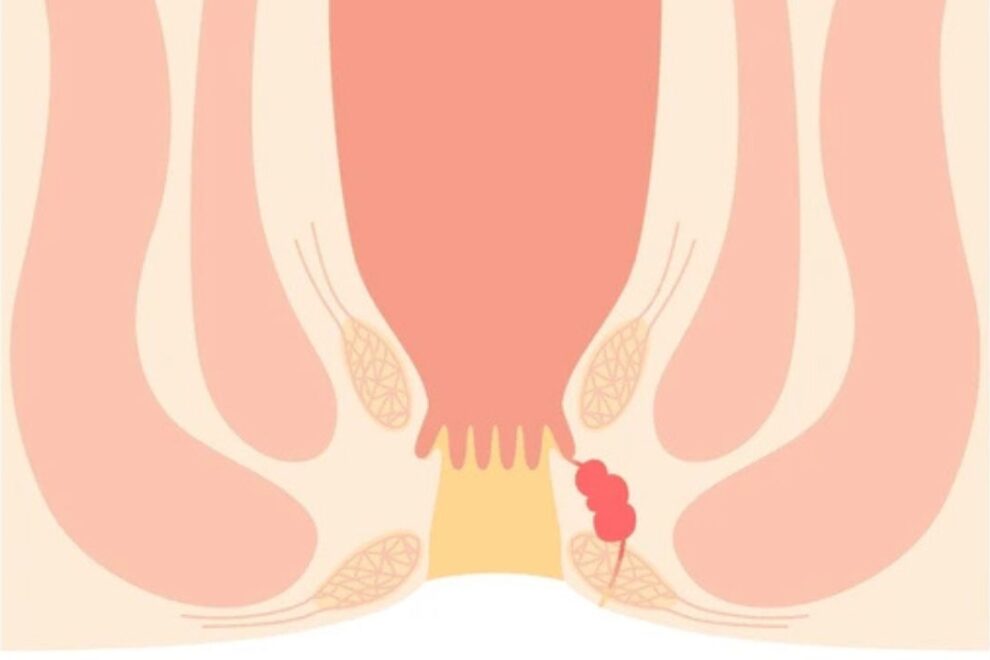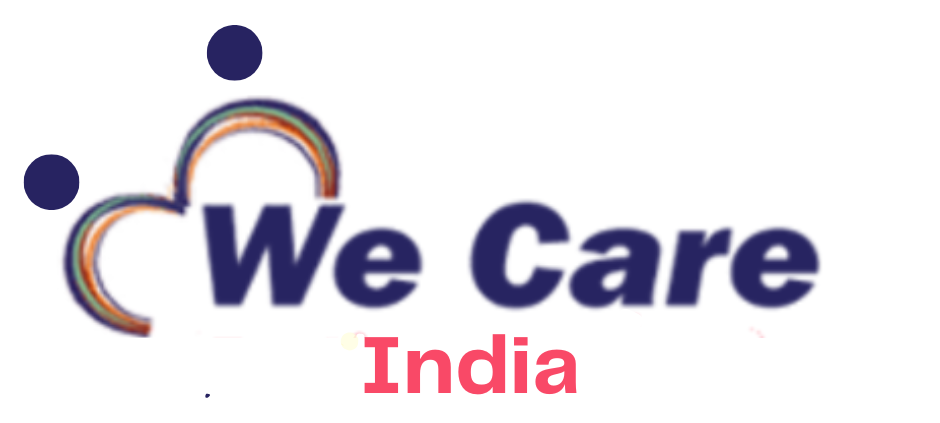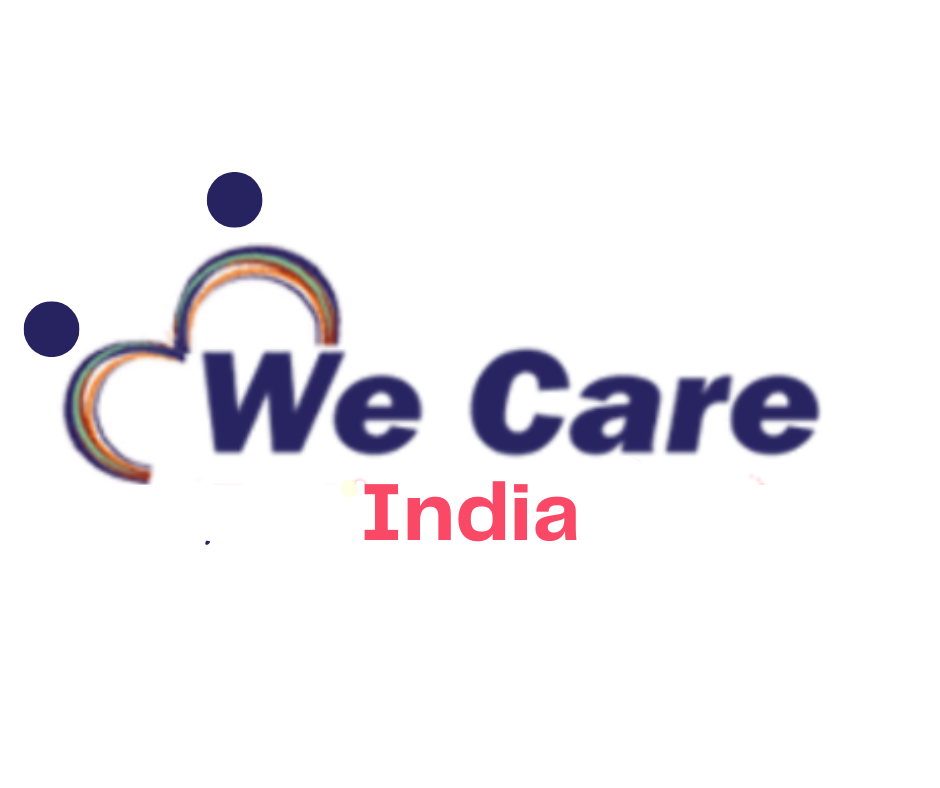Anorectal Conditions Treatment in India
Anorectal Conditions Treatment In India, cases are found. It affects your lifestyle. It happens due to diarrhea, and sitting for long periods. But mainly causes are found in Hemorrhoids. It was not a life-threatening disease. But in India, people take the problems very lightly but it gives bad react on the body. In the beginning, rare symptoms are shown but after it causes pain and has too much itching at the part. It may cause infections. So, if you are suffering from this problem, you have to get better treatment. If you want more information about the Anorectal Conditions Treatment in India, you have to read continuously.


Free Doctor opinion
What Is Anorectal Conditions?
Upper you have a little bit to know about the Anorectal Conditions, here you gain more information and knowledge about the problem. First, you have to know the meaning of Anorectal Conditions, Anorectal Conditions means that it is a problem in which it affects your anus and rectum part. It happens when your food is getting digested, then it passes through the digestive tract. The digestive tract is the end of the anus. If any waste materials are left in the body in the form of feces, then it affects the anus. And Rectum is also get affected which is above the anus. It causes pain, itching, burning, bleeding, or swelling.
Anorectal Conditions Treatment In India, most cases are found. People also suffer from this problem. It was not a major problem, it was a minor problem. The most common reasons behind having hemorrhoids, anal fissures, and anal fistulas. These main problems are found. Before suffering from this problem, some symptoms are also shown in your body, but most people have noticed but take it lightly. Then it reacts badly. Having problems with Anorectal Conditions, people are getting worried and embarrassed as well as causing physical pain and discomfort. So, you do not have to worry about the problems, it was not a serious problem. You have to take proper treatment of the problem, it takes time to relieve from the problem. So, if you are suffering from this problem you have taken are treatment properly, and want to know the symptoms and treatment of Anorectal conditions, you have to read continue.
Types Of Anorectal Conditions Treatment In India
You know the meaning of Anorectal conditions, here you know the types of Anorectal conditions from which most people are suffering in these types. From this type, people suffer from pain, itching, and swelling. So, there are many types of Anal and rectal conditions. Hemorrhoids, Anal Fissures, Rectal Prolapse, Anorectal Abscesses, and Pruritus Ani, so these are types. Now let’s discuss this in detail.
So, here are the types of Anorectal Conditions Treatment in India are following ways:-
Hemorrhoids
In Hemorrhoids, most people suffer from this problem in India. It is an abnormal swelling or enlargement of the Anal vascular cushions. It was affecting many people and it was a normal problem. It was in the lower rectum and anal canal. A person may be caused by internal and external hemorrhoids. If a person suffers from internal hemorrhoids it is shown above the dentate line, while external hemorrhoids originate below the dentate line. It makes it difficult to walk and sit. It also causes pain in internal and external hemorrhoids.
Anal Fissure
In Anal Fissure, it is a tear in the mucosal lining of the anal canal. When a person is having a trauma or inflammation in the body, then they are mainly caused by the Anal Fissure. They have a risk in the body are having diarrhea, constipation, Dehydration, and inflammatory bowel diseases.
Rectal Prolapse
In Rectal Prolapse, there is a full-thickness layer of rectal tissue out of the anus. It is an uncommon condition, it is mainly found in older females. In Rectal Prolapse, there are two types partial thickness and full thickness. In partial thickness, the inner lining of the Rectal is stuck out of the anus. And in full thickness, the rectal wall is stuck out of the anus.
Anorectal Abscesses
In Anorectal Abscess, is an infection or blocked glands in the anal. It gives pain in the anus or rectum. If a person suffers from Anorectal Abscesses, they have pain, itching, and swelling in the part of the anus. It causes pain in walking and sitting.
Pruritus Ani
In Pruritus Ani, it is in males, it causes itching and burning in the perianal area. In India, some cases are found. It found only 1-5% only. There is an infection in the anus and having a bedding. If a person suffers from this disease, they get infected in the anus part, they need treatment because infection should be spread. It also causes pain in walking and sitting.
So, these are the types of Anorectal Conditions Treatment In India, which people suffer from these types. If you suffer from this problem you get to know the type.
Symptoms and Causes of Anorectal Conditions
Symptoms
You know the types of Anorectal Conditions Treatment In India, are different types. So, according to the types, symptoms depend. Every type has different symptoms. So, it is necessary to know about the symptoms. Most of the people are in India, they do not know the symptoms of the diseases. When they get hard effects from the problem, then they realize the symptoms. Every people, they should notice the first symptoms of the disease. From the symptoms, people can identify the diseases and which types of diseases.
So, here are the symptoms of Anorectal Conditions are following ways:-
- When a person suffers from the problem, there are visible cracks in the skin of the anus.
- A person suffers from diarrhea and constipation.
- You feel the burning and itching in the anal area.
- There is a swelling in the anus and having a pain or discomfort.
- In the stomach, you feel bloating and acidity.
- After the bowel movements, there is a bleeding and a pain.
Causes
Anorectal Conditions Treatment In India, people suffer from this problem. Anorectal conditions are caused when your digestive system is not cleaned, food does not pass through the digestive tract. Then the person is affected by the Anorectal conditions. Anal and rectal conditions are caused by environmental factors like diet and lifestyle. People do not maintain a proper lifestyle. If a person sits for a long time they are caused by the hemorrhoids. Most cases are found in India of hemorrhoids. If there was an inflammatory bowel disease, a person has an infection in the anus and has swollen. In cases in India are found people used different medicines which give bad reactions to the skin, then caused an infection in the anus.
Anorectal Conditions Treatment In India
In India, Anal and rectal treatment are depending on the diagnosis. A person who suffers from this disease doctor gives treatment according to the type of disease. From the treatment, there are changes in your lifestyle and you have to maintain your lifestyle with your surroundings. And improve your habits and be clean yourself.
So, here are some points of treatment are following:-
- There is an addition of fiber supplement to your diet and applying topical ointments or creams to that part of the skin.
- They used BOTOX injections and avoided sitting for long periods.
- They advised you to drink more water and eat more fruits and vegetables to increase your fiber.
- And, you have to increase your level of physical activity.
Frequently Asked Questions (FAQ)
Define Anorectal Conditions.
Anorectal Conditions means that it is a problem in which it affects your anus and rectum part.
Name the types of Anorectal Conditions Treatment In India.
There are the types of Anorectal Conditions Treatment In India following ways:-
- Hemorrhoids
- Anal Fissure
- Rectal Prolapse
- Pruritus Ani
- Anorectal Abscesses
Give two Symptoms of Anorectal Conditions.
There are two Symptoms of Anorectal Conditions are following ways:-
- When a person suffers from the problem, there are visible cracks in the skin of the anus.
- A person suffers from diarrhea and constipation.
Last Word
In this content, you have learned about the Anorectal Conditions Treatment In India. People are suffering from this problem. It is a problem in which it affects your anus and rectum part. It causes pain, itching, swelling, and blood. It was caused by environmental conditions, which affect the lifestyle of the person. There is a need to change the lifestyle and habits of the person. In this, you know about the types, symptoms, causes, and treatment.
After reading the content of Anorectal Conditions Treatment In India, most cases are of Hemorrhoids, and from this people are suffering. People suffer from diarrhea and constipation. Treatment is the best option to relieve this problem. The doctor advised the people, to change their lifestyle and be clean themselves.
Read Also:-
- Affordable Minimally Invasive Spine Surgery in India: Procedures, Costs & Top Hospitals
- Affordable ACL Surgery in India: Procedure, Costs & Top Hospitals
- Affordable Angioplasty (PTCA) in India: Top Hospitals, Procedure & Costs Explained
- Retinitis Pigmentosa Treatment in India: Advanced Options & Top Eye Specialists
- Metabolic Surgery for Diabetes Treatment in India: Effective and Affordable Solutions
Committed To Build Positive, Safe, Patient Focused Care.
High Quality
Care
Home Review
Medicine
All Advanced
Equipment
Book An Appointment

At We Care India, we offer complete medical services for your entire family, from routine check-ups to injury care, ensuring personalized attention and expert assistance for all your health needs.


